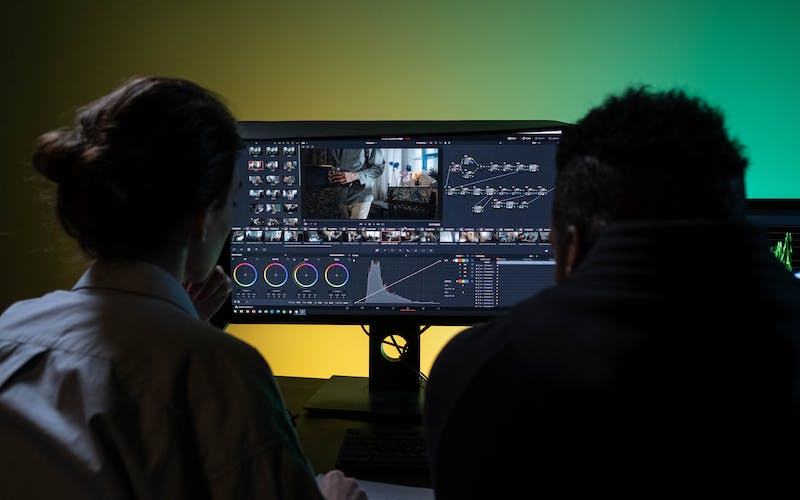Security activities were only considered as a distinct and one-of-a-kind work to be completed during the testing phase when the SDLC was first conceptualized and created. The inevitable large number of vulnerabilities or defects found too late in the process, or in some cases not found at all, were the drawbacks of this after-the-fact technique. Choose our Write For Us Software category if you wish to write a blog post about Software.
These days, it’s known that security is essential to a successful software development life cycle (SDLC) and that including security measures into the SDLC results in software that is more dependable. Early adoption of security techniques and measures in the SDLC reduces total time to market by detecting and mitigating vulnerabilities early in the process and avoiding expensive patches later in the life cycle.
The concept of “baking-in” security offers a “Secure SDLC,” which is now widely accepted and used in the software industry. Performing security evaluations and procedures at EVERY stage of the software development life cycle (SDLC) leads to a secure SDLC.
Integrating security throughout the SDLC is simple with today’s application security testing technologies. Security assurance tasks including threat modeling, penetration testing, code reviews, and architectural analysis must be a crucial component of development efforts in order to adhere to the “secure SDLC” paradigm.
The following are the main benefits of using a secure SDLC approach:
- Software that is more secure because security is an ongoing concern
- Stakeholders’ awareness of security considerations
- Early system flaw identification Cost savings as a result of problem identification and resolution
- Overall decrease in the organization’s inherent business risks
How is the SDLC carried out?
1. Phase of planning
The entire scope of project and product management is covered during the planning stage. Allocating resources, planning capacity, scheduling projects, estimating costs, and provisioning are usually included in this.
The development team gathers feedback from customers, sales, internal and external experts, and developers during the planning stage of the project. This data is used to create a comprehensive specification of what is needed to create the intended program. The group also calculates the resources needed to complete the project and estimates the related costs.
At this stage, the team also establishes clear expectations, deciding what is and is not desirable in the software. Project plans, budget estimates, expected timelines, and procurement requirements are among the concrete deliverables generated during this phase.
2. Phase of coding
System design is done in an integrated development environment throughout the coding phase. Static code analysis and code review are also included for various device kinds.
3. Construction Stage
During the building step, the software is really built using the code requirements that were previously established.
4. Phase of Testing
This phase comprises the software generated being evaluated. The testing team determines if the generated product or products satisfy the requirements that were outlined during the “planning” phase by evaluating them.
Functional testing, including unit, code quality, integration, system, security, performance, and acceptability testing, as well as nonfunctional testing, are all part of assessments. Developers are informed in the event that a defect is found. A new version of the software is created after verified (real) problems are fixed.
Automated testing is the greatest way to make sure that all tests are performed consistently and accurately. Tools for continuous integration help meet this demand.
5. Phase of Release
During the release process, the team is responsible for packaging, managing, and implementing releases in various environments.
6. Implementation Stage
The software is formally released into the production environment during the deployment phase.
7. Phase of Operation
The software is used in the production environment during the operational phase.
8. Track Phase
Several software components are watched during the monitor phase. These could include an analysis of defects or mistakes in the system, the user experience, new security vulnerabilities, and the general performance of the system.




